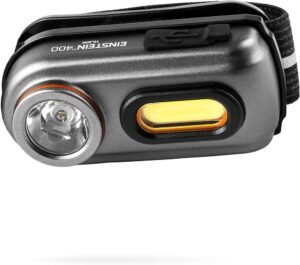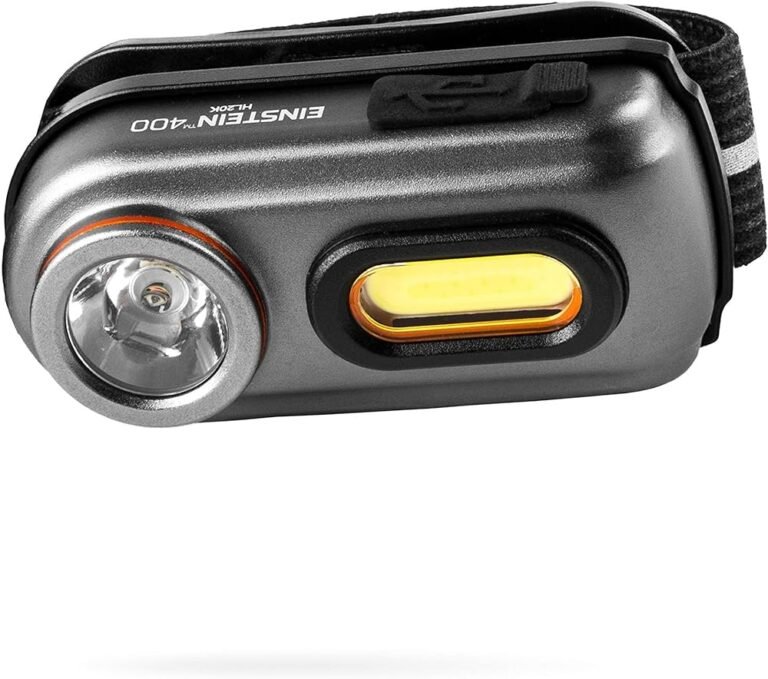The sudden and tragic death of Paul Walker sent shockwaves through Hollywood and left fans worldwide in disbelief. On November 30, 2013, the beloved actor, known for his role in the Fast and Furious franchise, lost his life in a car accident that raised many questions. How did Paul Walker die? This question has been on the minds of many, as the circumstances surrounding his untimely passing have been the subject of intense scrutiny and speculation.
This article delves into the details of Paul Walker‘s fatal car crash, examining the findings of the investigation that followed. We’ll explore the aftermath of this tragedy and its lasting impact on the entertainment industry and Walker’s family. By looking at the autopsy report and the events leading up to the accident, including a charity event Walker attended that day, we aim to shed light on the shocking truth behind the actor’s death and the wrongful death lawsuit that ensued.
The Fatal Car Crash
how did paul walker die: Details of the Accident
On November 30, 2013, Paul Walker and his friend Roger Rodas left a charity event for Walker’s organization, Reach Out Worldwide, in Santa Clarita, California. The event aimed to raise funds for victims of Typhoon Haiyan. At approximately 3:30 p.m., the pair decided to take Rodas’ 2005 red Porsche Carrera GT for a drive, possibly to address some mechanical issues the car had been experiencing.
The Porsche Carrera GT, known for its challenging handling characteristics, was driven by Rodas, a 38-year-old experienced racing driver. As they sped through Valencia, less than a mile from Rodas’ performance car shop, Always Evolving, tragedy struck. The car was traveling between 80 and 93 miles per hour in a 45 mph zone when it lost control on Hercules Street.
The vehicle hit a curb and collided with a light pole and two trees. The impact caused the car to spin 180 degrees and burst into flames. Both Walker, 40, and Rodas were wearing seatbelts, but the severity of the crash left them trapped inside the burning vehicle.
how did paul walker die: Eyewitness Accounts
Several witnesses at the scene provided harrowing accounts of the accident. Jim Torp, who was at the charity event, reported hearing a loud boom and immediately realized his friends had been in an accident. The smoke from the crash was visible from the Always Evolving Performance Motors shop.
Brandon Torp, Jim’s son, grabbed a fire extinguisher and rushed to the scene along with about 20 other workers. Unfortunately, the intensity of the fire made it impossible for them to help. Witnesses described the flames reaching 15 to 20 feet high, leaving them helpless to intervene.
One of Walker’s close friends, identified only as “Newt,” attempted to pull the actor from the wreckage but was pushed back by sheriff’s deputies due to the danger. The situation quickly became chaotic as people swarmed the area, desperately trying to assist but unable to do so.
how did paul walker die: Emergency Response
Firefighters from the Los Angeles County Fire Department arrived at the scene within minutes of the first 911 call. However, upon arrival, they found a grim situation. In emergency dispatch tapes, a firefighter can be heard declaring two fatalities almost immediately.
The firefighter reported, “One vehicle fully involved. We have confirmed two DOA… again, confirmed two fatalities.” The incident was classified as a “Code N,” indicating a newsworthy event that required delicate handling.
Despite the rapid response, the fire had already consumed much of the vehicle. Firefighters worked to extinguish the blaze, but both Walker and Rodas were pronounced dead at the scene. The intensity of the fire and the extent of the damage to the bodies meant that dental records would be necessary for positive identification.
The Los Angeles County Sheriff’s Department later conducted an investigation, which determined that the speed of the car was a major factor in the crash. The coroner’s report ultimately concluded that the Porsche was traveling at approximately 100 miles per hour at the time of the accident.
Investigation Findings
how did paul walker die: Speed as a Major Factor
The investigation into Paul Walker’s fatal crash revealed that speed played a crucial role in the accident. Law enforcement officials focused primarily on the vehicle’s velocity, stating, “We’re looking at speed and speed alone.” The Los Angeles County Sheriff’s Department calculated that the 2005 Porsche Carrera GT was traveling at more than 100 mph in a 45 mph zone when Roger Rodas lost control. This excessive speed significantly contributed to the severity of the crash.
Investigators ruled out mechanical problems, debris, or other roadway conditions as potential causes. They determined that the Porsche had successfully negotiated a curve before losing control, with one official noting, “They were well out of the curve when they lost control.” To gather more precise data, Porsche engineers were expected to extract information from the car’s onboard data collectors, which could provide details about seat belt usage, airbag deployment, and braking actions before impact.
how did paul walker die: Condition of the Porsche Carrera GT
The Porsche Carrera GT involved in the accident was known for its challenging handling characteristics. Despite its powerful 603 horsepower engine, the car’s reputation for being difficult to control stemmed from its lack of electronic driver aids. This earned it the nickname “the last analog supercar” and, more ominously, “the most dangerous car ever made.”
A critical factor in the crash was the condition of the tires. The age of the tires significantly reduced their ability to provide adequate grip, especially at high speeds. As one expert noted, “With old tires, it’s not like you get oversteer or understeer, and you then correct, and back it down. They seem fine one minute, you hit the brakes or turn the wheel, and then they are just gone. You’re a passenger.”
Autopsy Results
The autopsy report provided detailed insights into the tragic outcome of the crash. The coroner listed the cause of death for both Walker and Rodas as “the combined effects of traumatic and thermal injuries.” The impact was so severe that the vehicle split almost entirely in half upon collision with a light pole and tree.
Walker’s body sustained multiple fractures, including to his jaw, collarbone, and left upper arm. The intensity of the fire that erupted approximately one minute after the collision left Walker’s body so badly burned that visual identification was impossible. Tragically, a small amount of soot found in Walker’s trachea suggested he may have taken a few breaths after the initial impact.
The autopsy also confirmed that neither Walker nor Rodas had any traces of drugs or alcohol in their systems at the time of the crash. This finding further emphasized that the primary factors in the accident were the vehicle’s speed and the condition of its tires.
Aftermath and Impact
Reaction from Family and Friends
The sudden loss of Paul Walker had a profound impact on his family, friends, and co-stars. His daughter, Meadow Walker, faced the challenge of growing up without her father, who had been looking forward to spending more time with her. Walker’s co-stars from the Fast & Furious franchise, including Vin Diesel, Tyrese Gibson, and Michelle Rodriguez, immediately flew to his mother’s house to offer support and comfort to the family.
Vin Diesel, in particular, has taken on a protective role for Walker’s family. They affectionately refer to him as their “godfather,” and he has been a constant source of support over the years. Tyrese Gibson has also maintained a close relationship with the family, inviting them to his home and providing comic relief during difficult times.
The cast’s response to Walker’s passing revealed the depth of their relationships beyond the film set. These connections, forged over 15 years of working together, proved to be more than just professional ties.
Tributes from Fans
The impact of Paul Walker’s death extended far beyond his immediate circle, touching millions of fans worldwide. On the tenth anniversary of his passing, social media platforms were flooded with tributes and remembrances. Fans shared photos, memories, and heartfelt messages, demonstrating the lasting impact Walker had on their lives.
One fan expressed the sentiment shared by many: “10 years today since you’re gone. This still hurts, Paul. You left millions of fans behind you. We will never forget you. Thank you for all the memories and to have held our childhood.” Another tribute highlighted Walker’s influence on car enthusiasts: “You’ll always be there and you’ll always be our brother. This guy brought us joy to the car community.”
These tributes often emphasized Walker’s kindness, generosity, and simplicity, qualities that endeared him to fans beyond his on-screen persona. The outpouring of love and respect a decade after his passing is a testament to the lasting impression he made on people’s lives.
Effect on Fast & Furious Franchise
Walker’s untimely death occurred during the production of “Furious 7,” presenting significant challenges for the filmmakers. The production team faced the difficult decision of whether to continue the movie or shut it down entirely. Ultimately, they chose to complete the film as a tribute to Walker’s legacy.
To finish Walker’s scenes, the production employed a combination of visual effects and the participation of Walker’s brothers, Caleb and Cody. This innovative approach allowed them to complete the film and provide a touching conclusion for Walker’s character, Brian O’Conner.
The franchise has continued to acknowledge Walker’s presence in subsequent films. This approach has allowed the series to honor Walker’s memory without resorting to extensive CGI recreations.
However, the ongoing references to Brian O’Conner’s character have sparked discussions about the need for closure. Vin Diesel has hinted at a proper goodbye for O’Conner in the upcoming “Fast 11,” suggesting that the franchise is preparing to address Walker’s absence more definitively as the series approaches its conclusion.
Conclusion
Paul Walker’s tragic death has left a lasting impact on both the entertainment industry and his fans worldwide. The investigation into the accident revealed the dangers of high-speed driving and the importance of vehicle maintenance, especially for high-performance cars. The outpouring of love and support from Walker’s co-stars and fans demonstrates the deep connections he formed during his life and career.
The Fast & Furious franchise has found ways to honor Walker’s memory while continuing the series. This delicate balance shows the franchise’s commitment to respecting Walker’s legacy while moving forward. As the series approaches its conclusion, fans eagerly await to see how it will finally address Walker’s absence, ensuring his character receives a fitting tribute that matches the impact he had on the franchise and its devoted audience.
FAQs
What were the findings of Paul Walker’s autopsy? The autopsy of Paul Walker revealed the specific causes and circumstances surrounding his death.
























+ There are no comments
Add yours